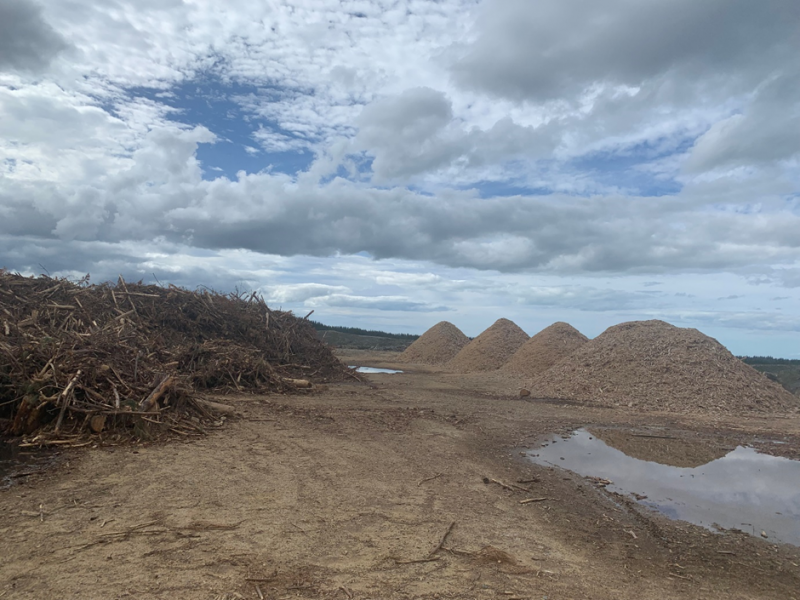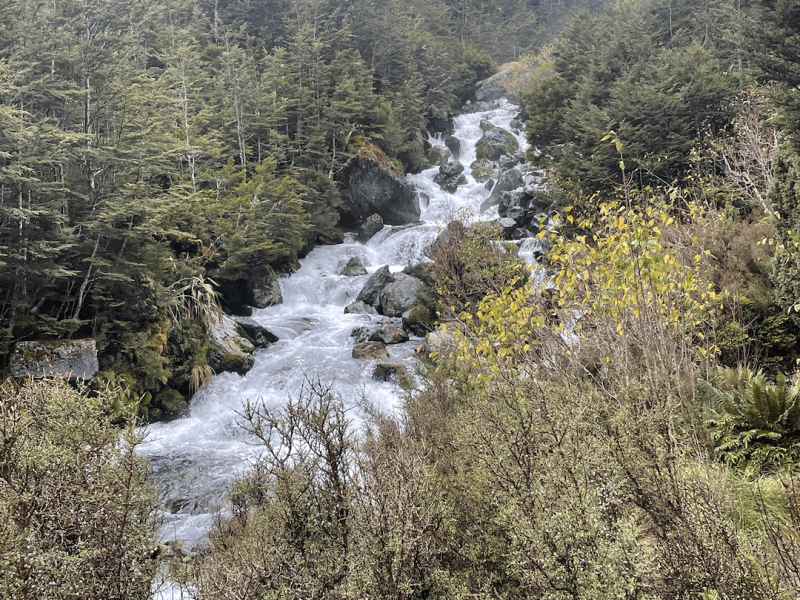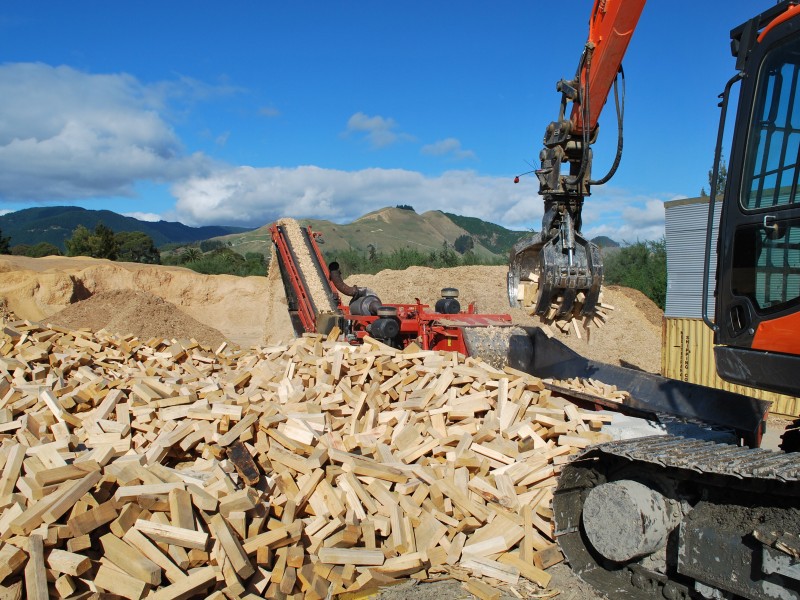Slash run-off has caused extreme damage in floodwaters, however, the industry hasn’t had the chance to voice its side.
The Green Party has called on forestry companies to pay compensation to councils, landowners and communities for the damage caused by slash during Cyclone Gabrielle.
1News recently carried out a public poll asking whether forestry companies should pay compensation, with most agreeing.
Although they do not deny the effects of the slash up north, some harvest workers are becoming frustrated that the public is not seeing the hard mahi being put in to meet stringent environmental standards and actively seek solutions to mitigate slash.
According to the National Environmental Standard for Plantation Forestry (NESPF) slash is “any tree waste left behind after plantation forest activities”. This only covers debris associated with harvesting, although it also occurs in native forests and where trees have died or branches have fallen from natural events. All potentially end up in run-off.
M&R Forestland Management harvesting manager Wayne Wells says many forestry companies in New Zealand, such as Tasman Pine and his company, have moved to safe practices of slash removal. They avoid pushing slash over the edge of a skid site and instead cart it away to a stable, safe position, considerably reducing the risk of slash run-off.




